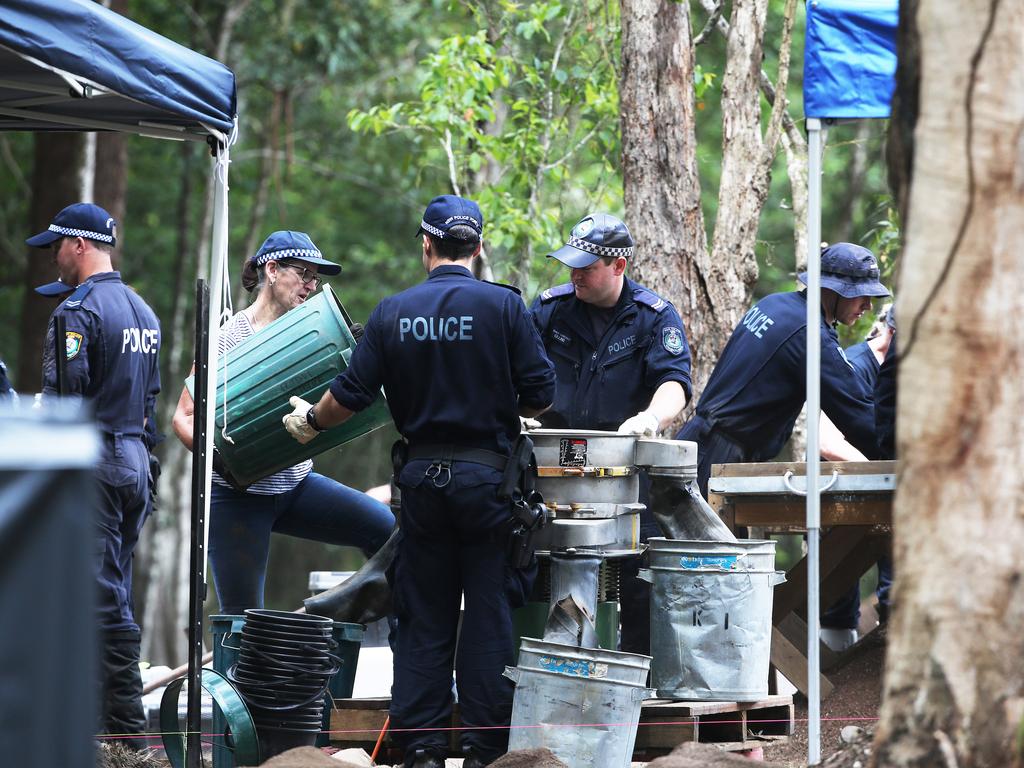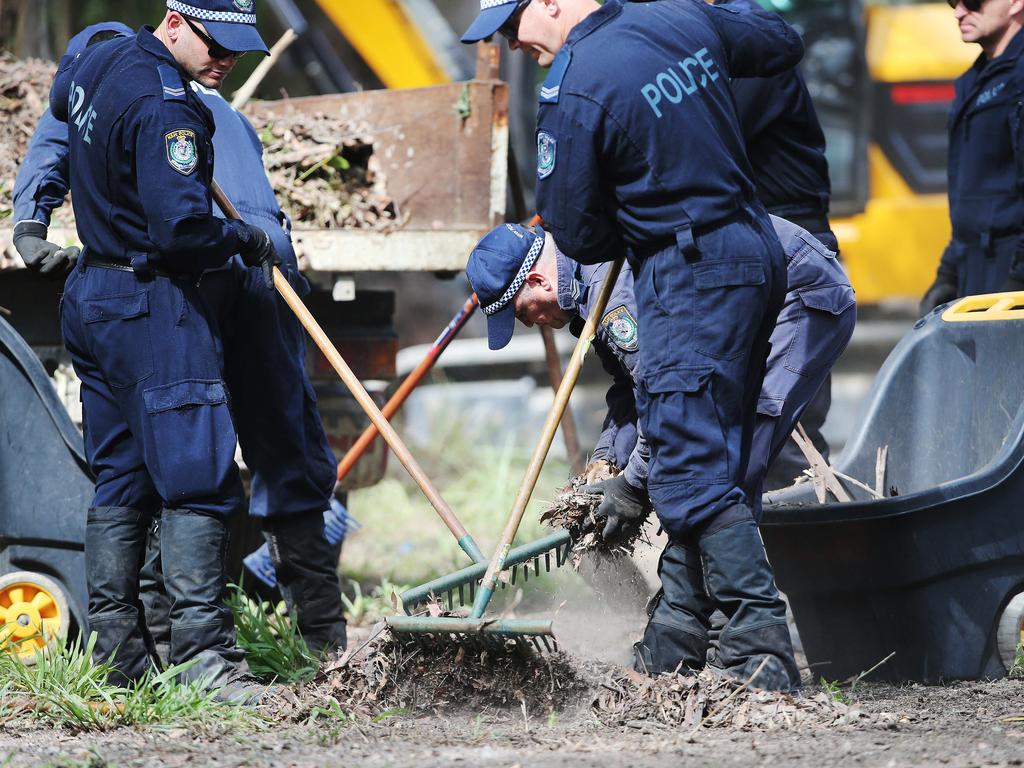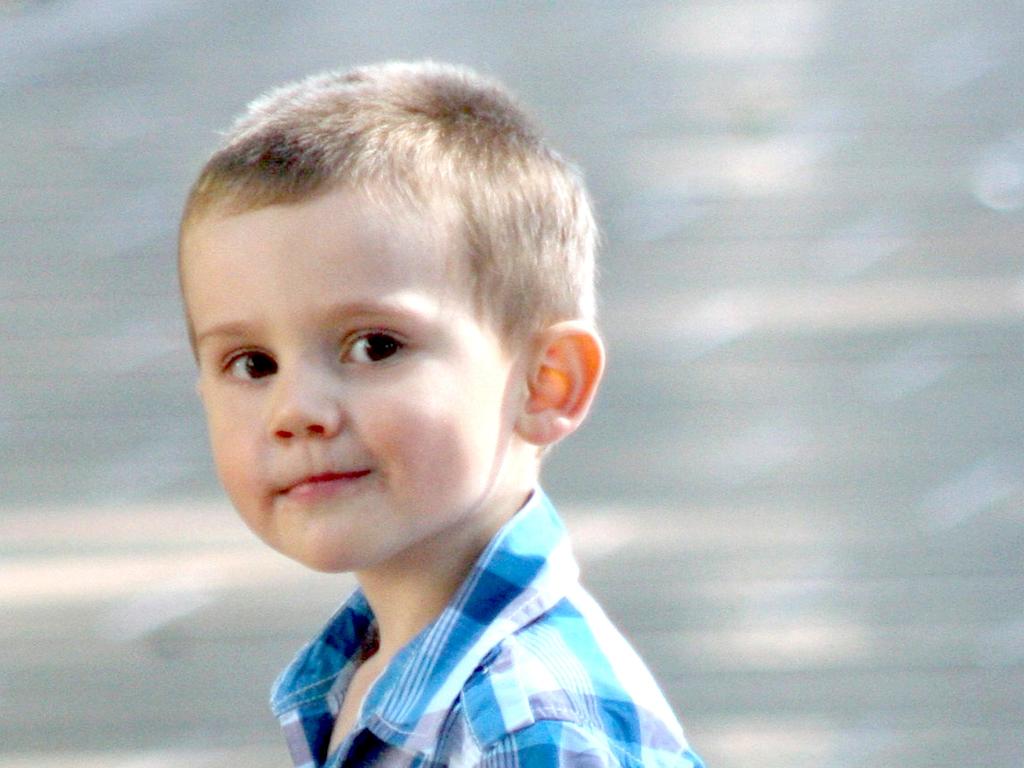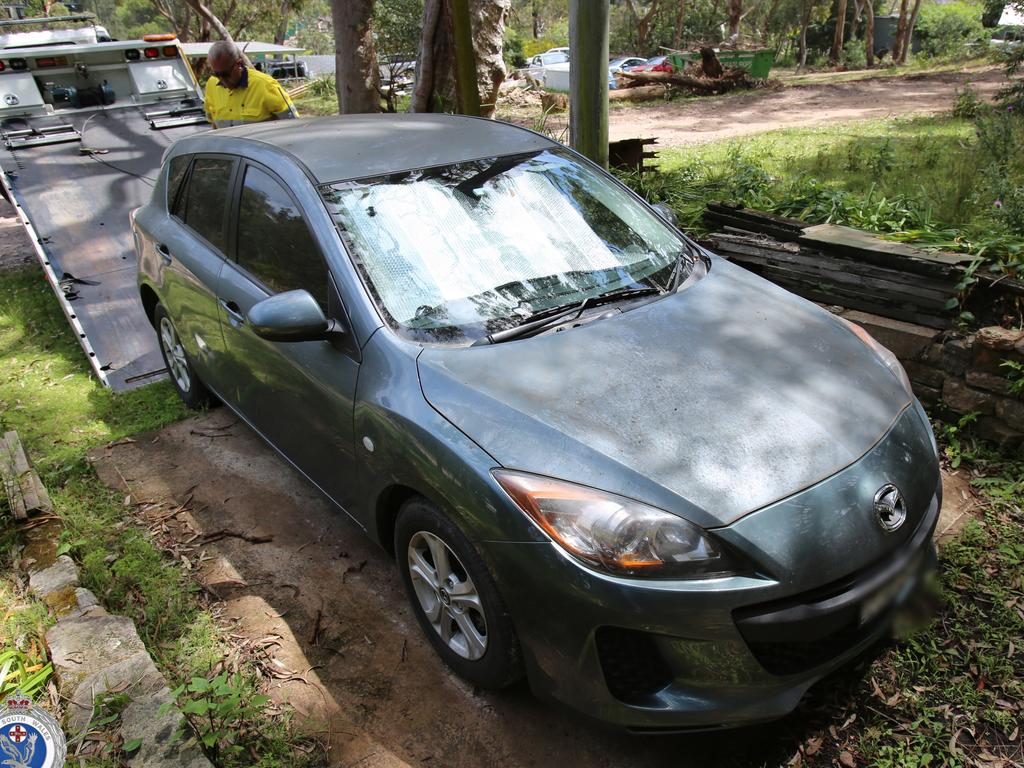William Tyrrell: Behind the silence lies so much pain, and so many questions
The rediscovery of an email appears to explain at least some of this week’s dramatic developments in the William Tyrrell case.
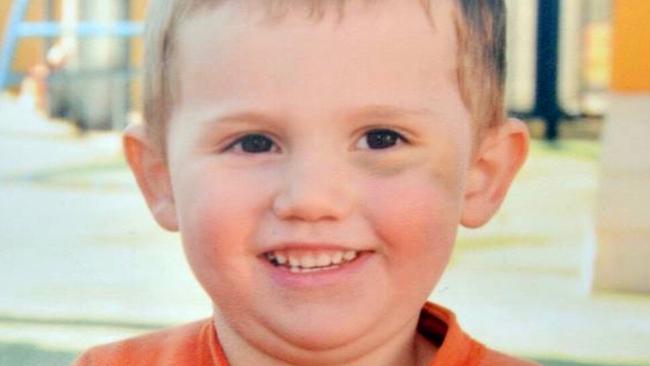
“Close to giving up, or giving in.”
A foster care social worker says William Tyrrell’s foster mother wrote these words in an email just three days before he disappeared.
William had been acting up, and his foster mother was distressed about it.
The rediscovery of this email appears to explain at least some of this week’s dramatic developments in Australia’s most famous missing persons case.
Why else would the police’s focus in the disappearance of William turn so suddenly towards his foster mother?
Why, after seven years of saying she was in the clear, are detectives now suggesting some kind of cover-up?
Why are they digging in the flower beds outside the house he went missing from?
Why did they tow her own mother’s car away for forensic testing?
And what is behind the shocking charge of common assault?
This isn’t an easy story to tell, mainly because there are so many suppression orders in place – and yes, you can bet the media, so often accused of being party to the cover-up, is fighting them – but in the meantime, let’s pick through this slowly.
Three things have happened this year to bring the police investigation to this point, including the discovery – or rediscovery – of these emails.
First, a new team of detectives was assigned to the case, after the departure of high-profile former homicide detective Gary Jubelin. They have been working their way through all the old evidence. And it doesn’t come by the boxful. It comes by the roomful.
They looked at all the old photographs of William, and they re-read everyone’s statement, from before and after he went missing. They found one photograph, taken just a few weeks before he disappeared, in which he appears to have a black eye.
The foster mother years ago explained that he’d fallen against a table, and she’d taken him to hospital as a precaution. But his biological family – who didn’t think he needed to be in foster care in the first place – were upset when they saw him with the bruise, and they wanted an investigation.
Police then found an email dated September 9, 2014 – three days before William disappeared – in which social workers described William’s foster mother as being concerned about his behaviour.
She was at the time trying to adopt William. He had started calling her Mummy. In her triple-0 call, she called him “my son”.
This was causing tension between the two families, who were still tussling over who would get to raise him.
According to the social workers, William’s foster mother said she was “close to giving up or giving in”. She was concerned about William being “emotional” after contact visits with his biological mother and father.
He was also having difficulty sleeping.
The social workers talked among themselves about “a certain amount of distress” and “dysfunction” being normal in foster children.
One then said the foster mother had told them she was “heading to her mother’s house this weekend” – and it was, of course, from her mother’s house, in the quiet village of Kendall on the NSW mid-north coast that very weekend, that he went missing.
So, that’s the first thing that happened to trigger this week’s new search.
Fresh eyes, you could call it.
Next – and this seems random at first – a little girl called Cleo Smith, 4, went missing from a campsite in Western Australia, and after 18 days she was found alive and well. The WA police, the Prime Minister, the public – everyone was elated, and everyone agreed the search for Cleo was gold-standard, perfect policing.
Of course, there is a degree of professional rivalry between the state police forces. How come the WA cops could solve the Cleo case so quickly, while William was still missing after seven years?
NSW police chief Mick Fuller, who is about to retire, put a rocket under the strike force working on William’s case. Like everyone, he knows that the coronial inquiry into William’s disappearance, which is due to report in February, is likely to be critical of the NSW police: why didn’t they immediately seal the area when William went missing, as happened in the Cleo case?
Why didn’t they put up police tape? Why didn’t they check every car, look under every tarp, peek into every roof cavity? Why didn’t they collect all the rubbish in the street and DNA-test it? Download data from the mobile phone towers? Why did they let so many people come and go without checking their bona fides?
Why did they spend so long so publicly looking at certain “suspects”, at least one of whom is now suing for having his life destroyed in the process?

William’s foster parents have been savagely critical of police, too. His foster mother told the inquiry that the new team of detectives, who replaced Gary Jubelin, wanted to turn it into a “cold case” because nobody believed it could be solved.
Which brings us to the third, and arguably the most important, event that happened this week: the allegation of assault.
The suppression orders mean almost nothing can be said about it. But William’s foster parents, who can’t be named, were charged with the assault of a child.
NSW police also sought AVOs against them, to protect the child.
And William’s foster parents will defend the allegation in court next Tuesday.
That allegation – so sudden, so shocking – was ultimately what prompted police to return to the home of the foster grandmother and start digging up the garden.
All manner of rumours quickly began to spread. One story that went around had William falling from the high balcony. Had there been a fatal accident, and had someone covered it up?
William’s foster mother has always denied it. She says William jumped up from the deck at around 10.15am on September 12, 2014, ran around the corner of the house – and disappeared.
She looked in the garden, in all the cupboards, and all the bedrooms, and engaged neighbours in a search of the street.
In the months that followed, police looked closely at the local white goods repairman, Bill Spedding, who had in the days before William disappeared been hired to fix a washing machine at the foster grandmother’s house.
He has since been ruled out.
Under Jubelin, they looked closely at the neighbour who lived across the road, Paul Savage. More recently, attention turned to a notorious local paedophile, Frank Abbott, 80, who is today in prison for molesting three children.
They didn’t really look at William’s foster grandmother. She settled the sale of the house about six months after William disappeared and she died in March. There is no suggestion that she was involved, but it seems that she only ever gave one brief formal statement to police.
Detectives also never considered the foster father a suspect. He left the house before 9am. He picked up a script from the chemist, then paid for a newspaper, and made a call using Wi-Fi. All of his movements have been verified.
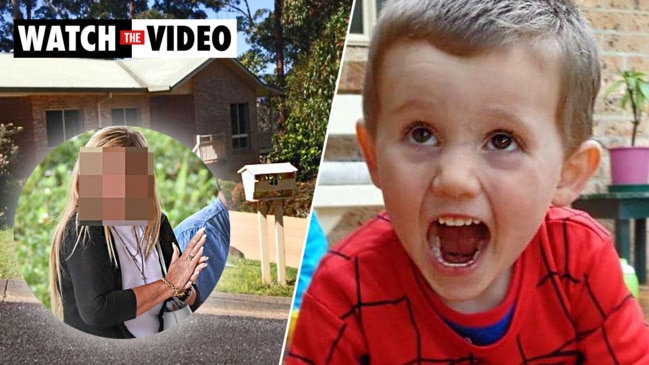
Some of the rumours and stories that spread like wildfire online this week suggested that William may already have been dead, and in the boot of his car, when the father left the house.
But William was photographed in his now famous Spider-Man suit at 9.37am, meaning he must have still been alive when his foster father left the house, or else he couldn’t have been in that picture.
It’s also not true to say that the foster parents were never quizzed about a possible accident. Jubelin called them into homicide headquarters on September 1, 2016 – two years after William went missing – and interrogated them.
“You know, it has been suggested to me that he might have hurt himself accidentally when they were looking after him, and they have panicked and covered it up,” he said to the foster father.
“Never likely. No way. They’d never do that, even if he hurts himself. You’d go straight to the ambulance. Police. They’d never do anything like that,” he said.
“What about … that you came home in the car, and William ran out to see you, and it’s a classic case of a driveway tragedy?”
“Ran him over?”
“Yeah.”
“No.”
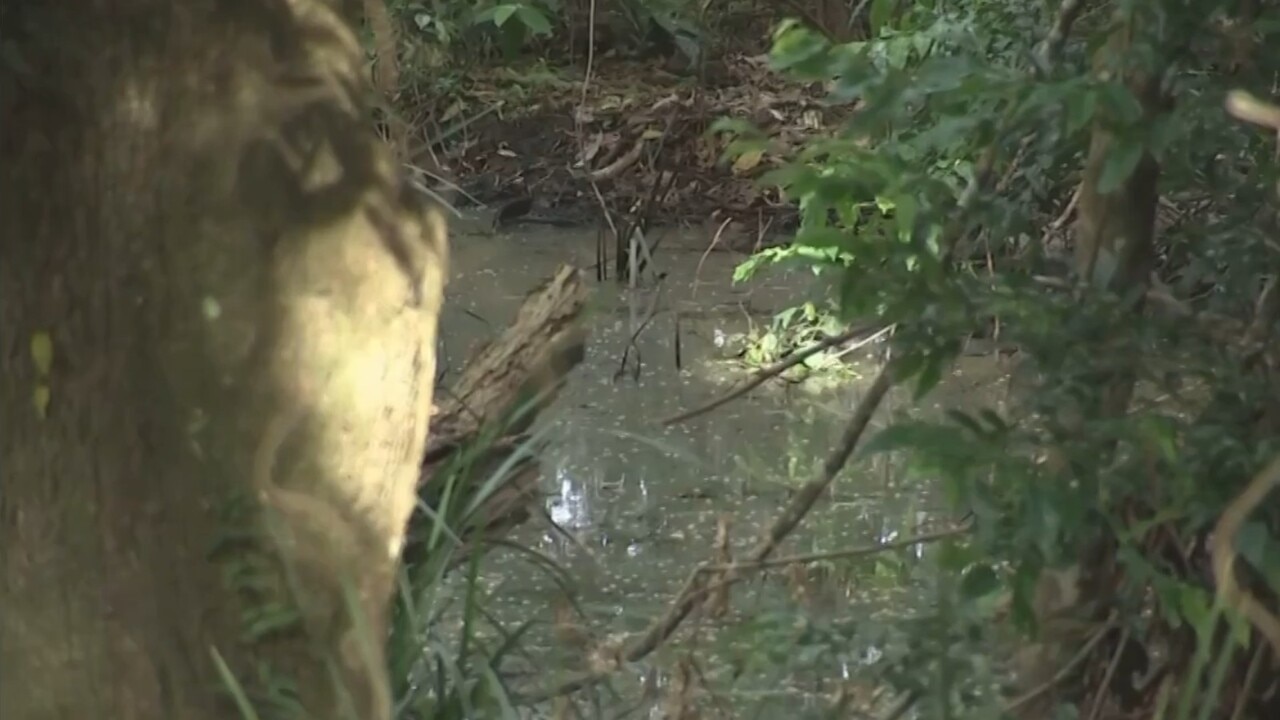
“And another theory, there’s a few of them, that (the foster mother’s mum) is an elderly lady and she might have done something to accidentally injure William, and (the foster mother) is covering up for her.”
“No, could not hurt a fly.”
Yet police are now saying – not publicly, but very clearly by their actions – that they still think it’s possible that something happened at the house. If that is right, well, the cards will fall where they fall.
If there has been a cover-up, the police should throw the book at anyone involved.
But what if that is wrong? Then William’s foster mother, like his biological family, has now lost everything.
She will have to defend herself in court next Tuesday. Outside the door, half the world thinks she maybe killed the boy.
She insists that William simply wandered out of sight – and then, as we know, he seemed to just disappear into thin air.
Except that nobody disappears into thin air. Something happened to William that day, and he is still somewhere. Like the truth, he waits for us to find him.


